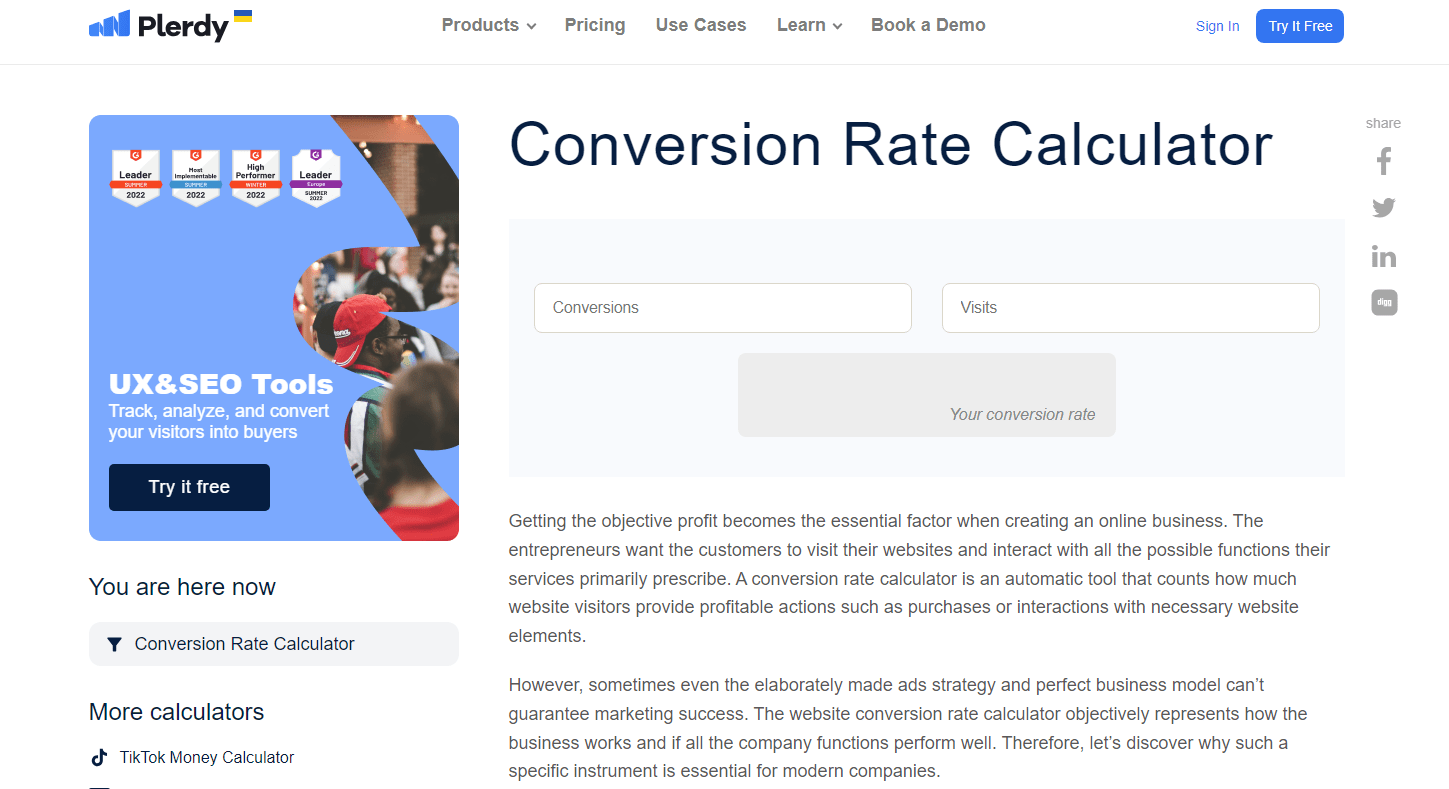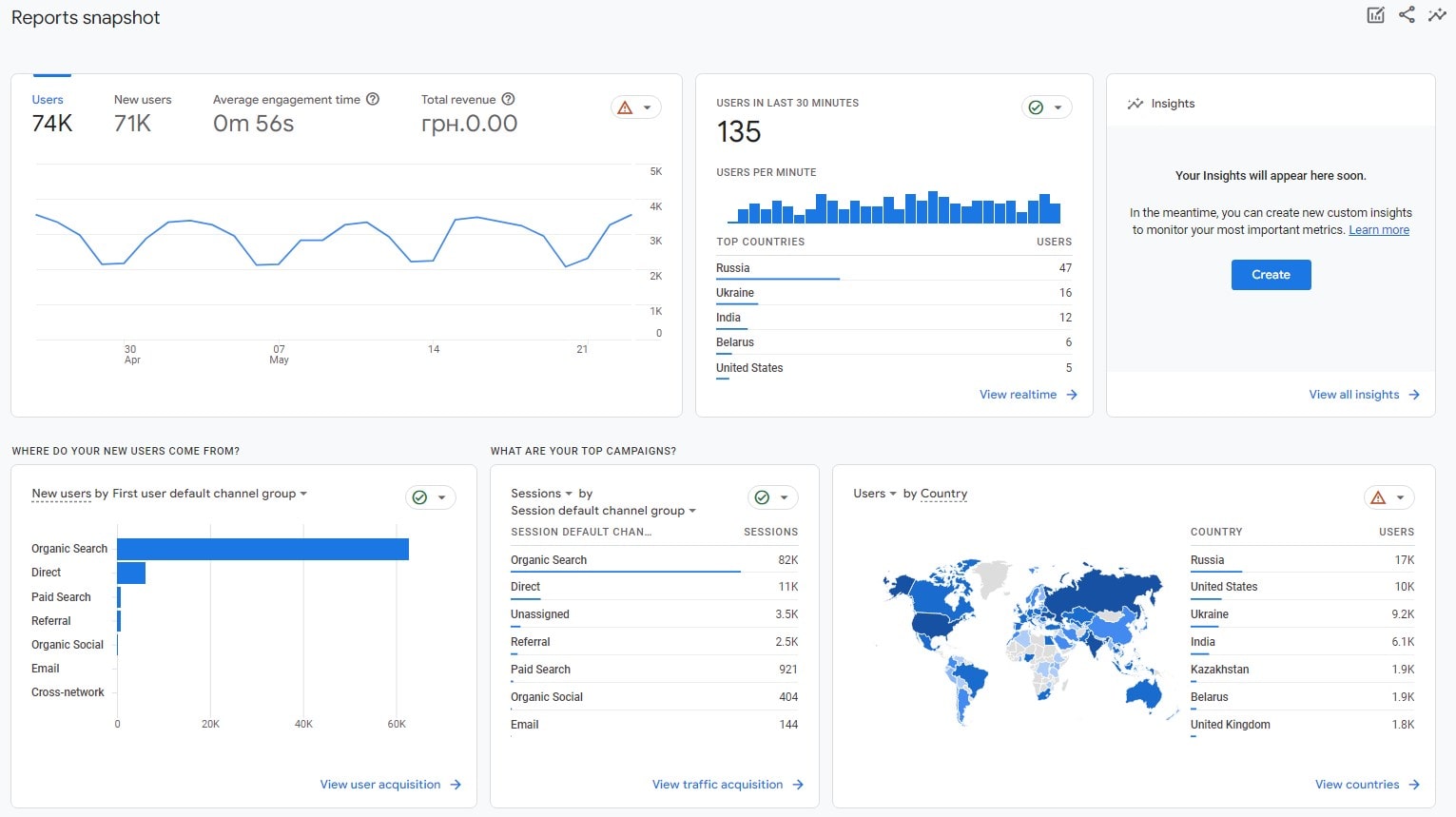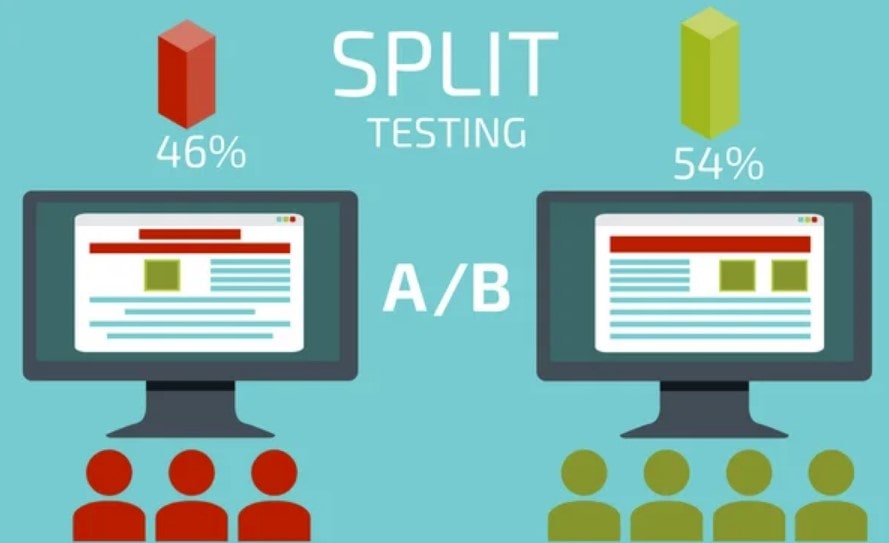The percentage of visitors on your website that perform a specific activity defines your conversion rate. This may be anything from shopping, completing a form, registering for a newsletter, or downloading an eBook. It computed with the formula:
Conversion Rate = (Number of Conversions / Total Visitors) × 100
Your conversion rate, for instance, would be 5% if your website attracted 1,000 visitors and 50 of them bought something. Given that it directly affects the income and expansion of your company, knowing and improving your conversion rate is absolutely vital. More purchases and involvement follow from your effective meeting of the needs of your visitors via a higher conversion rate. Keeping an eye on this indicator enables one to spot areas needing work and guide data-driven actions meant to improve general performance.

Why is Conversion Rate Important?
Mostly depending on the conversion rate, you may understand the performance of your marketing or website project. A well-converting website implies both simple design and strong promotion. More individuals visiting corresponds with more people completing the specified action—buying, newsletter subscription, or contact form. Conversely, a low conversion rate increases the likelihood that your marketing campaign, website design, or user experience is inadequate.
Keeping a watch on conversion rate mostly benefits from
- Better ROI: Higher converting rates translate into better returns on investment.
- Educated Decisions: Data-driven insights support strategic decisions by means of educated choices.
- Improvement of User Experience: Discovery of obstacles helps to enhance user experience.
- Targeted marketing: Knowing which initiatives turn out the best helps you to focus your marketing activities.
Methods of Conversion Rate Calculation
- Create Your Goals: Clearly define what, in your business, qualifies as a convert. Count among this sales, registrations, downloads, etc., etc.
- Log Conversions: Track website conversions with Plerdy, Google Analytics, or other monitoring tools.
- Calculate the total visitors: Jot down every visitor for the period of study. One might also keep an eye on this using analytics tools.
- Using the Formula: Entering the values into the conversion rate computation will help you to find your conversion rate %.
Tools to Track Conversion Rate

1. Google Analytics
Google Analytics is a strong instrument for tracking and assessing website traffic. It covers in great detail user behavior, conversions, and other subjects.
2. Plerdy
Plerdy provides tools for heatmaps and conversion tracking to observe website usage. It creates development chances that clearly show how easy conversions could be obtained.
3. Hotjar
Hotjar offers heatmaps, session notes, and conversion funnels to look at user activity and simplify the conversion process.
Conversion Rate Affecting Factors
- Simple, clear design helps to improve user experience and convert visitors on a website.
- Faster loading times cause lower bounce rates and higher conversions.
- Effective CTAs cause consumers to be steered to the appropriate action, therefore increasing their conversion rates.
- A seamless, user-friendly experience helps to keep visitors intrigued and more likely to convert.
- Best quality of content: Visitors can be persuaded to act with great, relevant knowledge.
- Security badges, sponsorships, and reviews help to boost confidence and conversion rates.
Boosting Conversion Rate

- A/B testing calls for looking at multiple landing page or website variants to find which performs better.
- Considering that a good amount of traffic comes from mobile devices, make sure your website is mobile-friendly.
- Form fields should be limited to promote user conversion.
- Improve Images: Motivational visitors will find outstanding pictures and movies.
- Use social proof to build credibility by stressing client recommendations and comments.
- Reward conversions using bonuses, free trials, or discounts.
Conversion Rate Improvement Case Study
A small online merchant raised their conversion rate by 20% using A/B tests. They tried numerous CTAs, showed their checkout process, and included client endorsements. Customer involvement and sales thus rose sharply.
Synopsis
Any online company has to be able to figure and understand their conversion rate. Monitoring conversions and analyzing the data can help you make well-informed decisions that will enhance your marketing activities and website performance. With systems like Google Analytics, Plerdy, and Hotjar, gather data and implement strategies to increase your conversion rate. Regularly testing and adjusting many facets of your website will help to increase conversion rates and user experiences.
